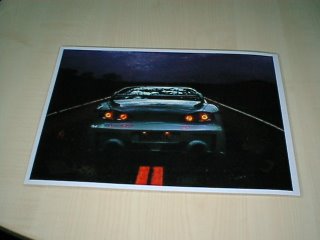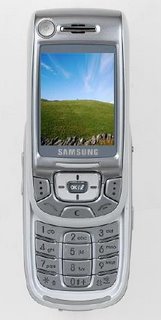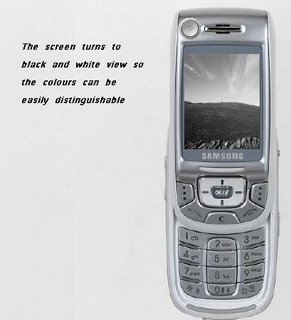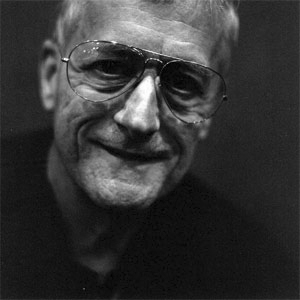Production Processes - Interview with Gavin Johnson from the BBC's Web Development Team
Paul Bryant - Design for Interactive Media BA/BSc
For this production processes module my team and I were asked to conduct an interview with a person from a local multimedia company about the production processes within their team and what project management strategies they apply. We decided to ask Gavin Johnson who is the Team Leader of a Web Development Team consisting of 8 members. They are actively involved with the designing and maintaining of the BBC websites. As out lecturer Stuart Neil is a good friend of Gavin’s we were able to arrange an interview quite easily, under informal settings.
As we only had an hour of his time, we decided to construct four key questions that would cover the majority of information that we needed to gather. These were:
1: What Production methods do you use?
2: How do you stay on top of software advances so that you don’t fall behind?
3: How do you evaluate and deal with the maintenance of a project?
4: What methods do you use to market a project?
From the information that we gathered note-taking during the interview, we have found out the following facts:
Their team is broken down into two main sections: Text-based and Video-based. Half the team concentrate on the html and all the textual information that is entered onto the page, which might be information about the programs that are shown, or different projects that are on the go. The other half are involved with editing the video that has been sent from the film department. They, then have to edit the footage so it is suitable to be viewed on the website. They have certain guidelines that they have to adhere to, such as providing the videos on the website in both Windows Media and Real Player formats as they are the most commonly used.

These diagrams show the flow of information of video and audio within the department. The source video is sent from the film studio department to the Web Development team. They then edit this using mainly the ‘Flip Factory’ program that will take the source video and automatically convert this into the required web formats that are needed. The audio is dealt with in a different way as it is streamed live, and has to go out onto the website at the same time. This means that the BBC’s radio distribution centre stream the radio broadcast out live to the audio department within the web team and this is then uploaded on the website, so it is output at the same time as it is on the radio.
As regards to being creative, he responded by informing us that he, and his team had strict guidelines that he had to abide by when creating the websites. This prevents them from using certain software such as flash, as there are certain copyright issues. The guidelines also state that the text has to be readable, and able to be changed not a set size, as they have to cater for people have visual disabilities.
For smaller projects they test their projects internally as this is quicker and more cost-efficient. For larger-scale projects that have little or no research they may hire ‘Redby’, who are a team of testers that will more thoroughly test a project for them.
The BBC don’t compete commercially, but sometimes have client based work for subjects such as education. The BBC have built up an approved supplier list so they know who to trust when wanting certain jobs done. This ensures that it will be done with the deadline and to a satisfactory standard as they would have dealt with them before.
Before taking on a project, the BBC run through a few checks. Firstly, they talk to the client to find out their expectations. This is then checked over to see if it is feasible in regards to time, available resources, software, and cost. If this is OK, the scope of the project will be further analysed.
The BBC department in Wales do not have a lot of money but in order to keep up-to-date with technological advancements, they normally refer to the London department, and see what would be relevant or advantageous to them. They will then be given a budget to keep up to date with any revolutionary new software.

This diagram shows the procedure that the department goes through when a new project is taken on.

There are many methods that the BBC use to market projects. This is through the use of TV, radio and websites in the form of trailers, banners and audio commercials. They have to be aware of the launch dates of programs so they can advertise to the build-up of the launch. Pro-Mo blocks are used on sites that are relevant to each other. These are links that are on the side of a website that might be in picture or text form that link to each other. There has been certain controversy surrounding sites such as Torchwood. This site moved away from the Standard templates that the BBC normally use and sparked controversy as it didn’t comply with the Quality Assurance.
Sometimes alternative versions of websites are produced, such as having a text-only version. With a TV program there is only one set format to be aired, whereas with a website, it has to be done in many formats so that it can be viewed on a MAC/PC, computers with slow connections, different screen resolutions etc. It also has to comply with the Standards and Guidelines.




















